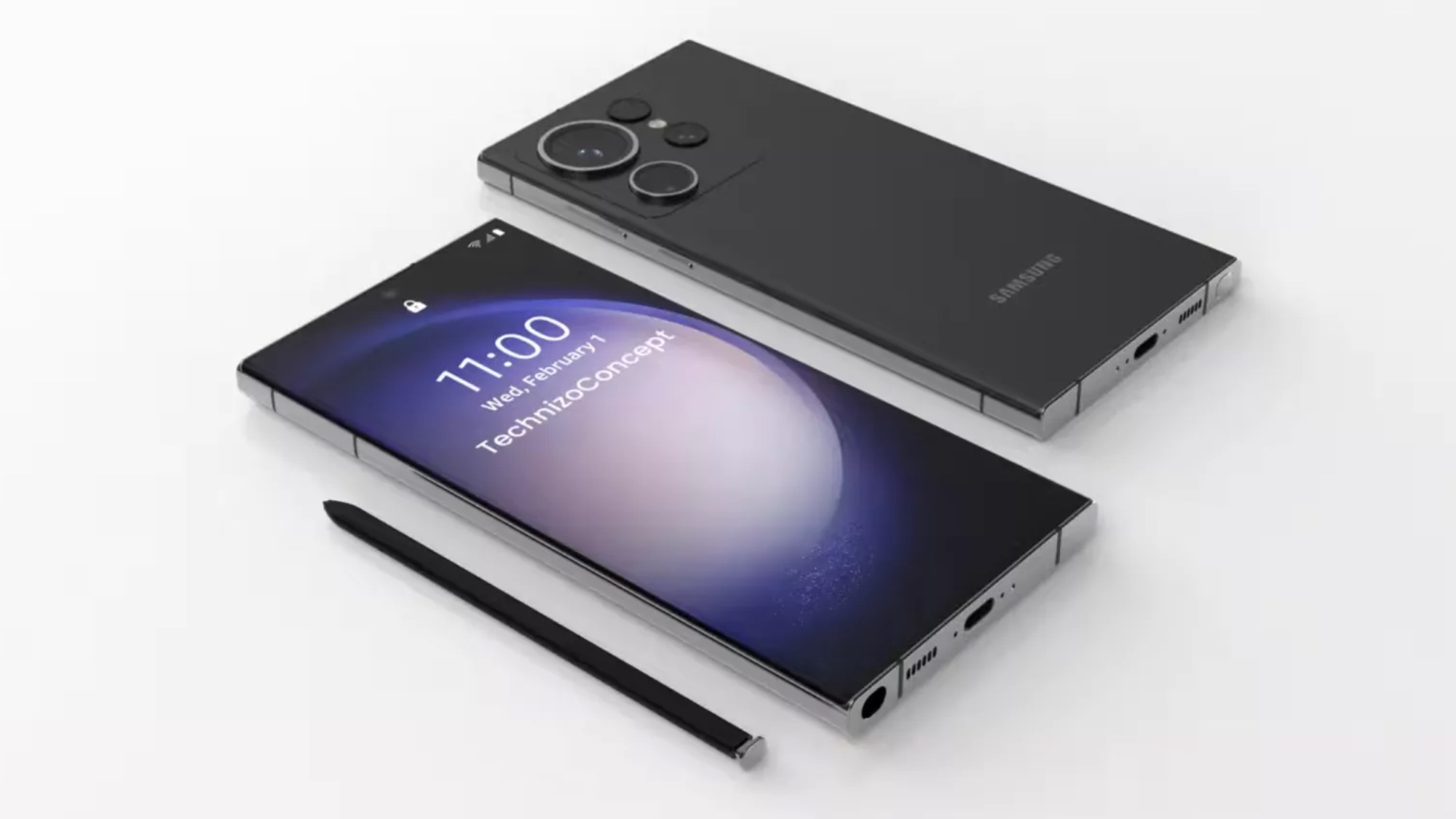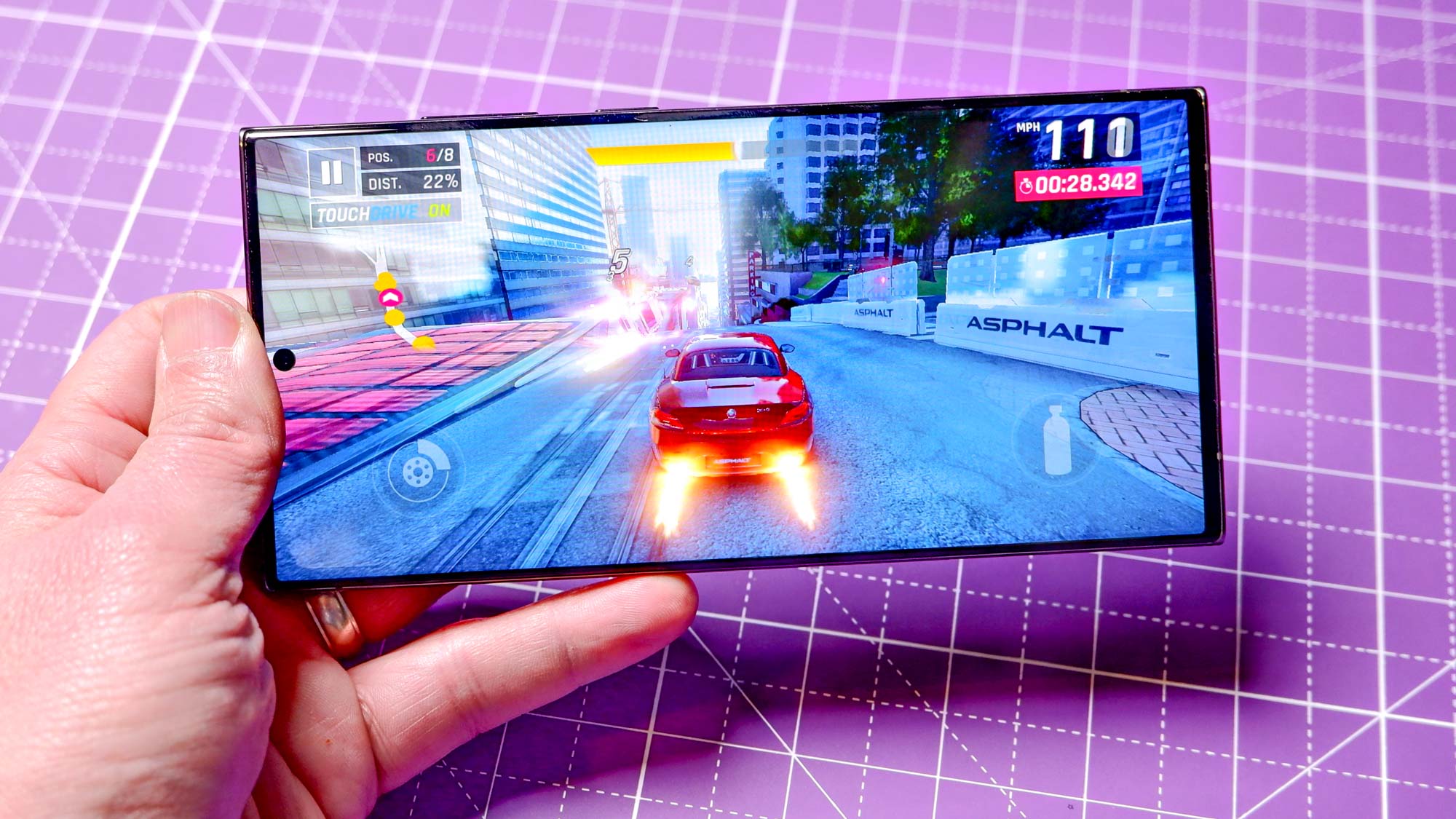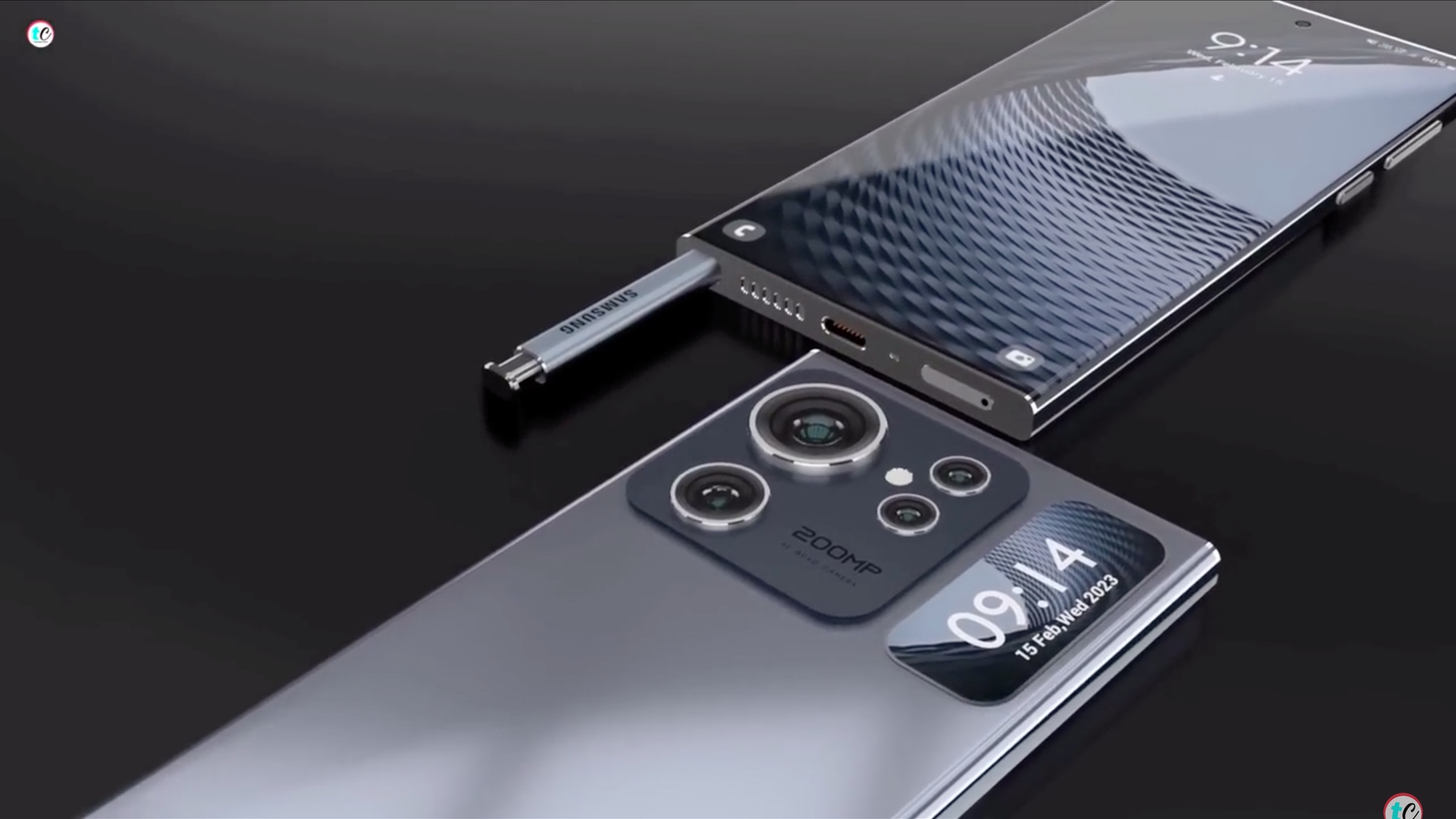Samsung Galaxy S24 Ultra needs to steal this from Google Pixel 8 Pro

As the end of 2023 draws closer, so too does the launch of the Samsung Galaxy S24 Ultra — currently expected to arrive in mid-January. While the rumors and leaks will likely ramp up in the coming months, we already know quite a bit about the phone.
But there’s one aspect of the design we’re not so sure about yet, and it’s a mistake Samsung should finally let go of — like Google just did with the Pixel 8 Pro.
I am talking about the curved display, a design feature pioneered by Samsung almost a decade ago with the launch of the Samsung Galaxy Note Edge. Over the past 9 years we’ve seen this particular design choice come to other phones, but its popularity never really kicked off in any meaningful way. So it’s about time Samsung just gave up on this idea and brought flat screens back to the forefront.
Curved screens have little practical value

I’ve never been particularly quiet about my disdain for curved screen phones. I remember back prior to the launch of the Galaxy Note Edge, there was a crazy amount of buzz about the possibility of a phone finally having a curved screen. This was a point in time when curved displays were in their infancy, and foldable phones were a pipe dream. So the prospect of a phone screen that wasn’t totally flat was an exciting prospect for some people.
The result we got was, erm, not hugely exciting to say the least. It was a single curved edge, which eventually grew to two the following year. Though to Samsung’s credit, it at least tried to give us a practical reason to want a curved display beyond aesthetics.
Sure the Edge-style display couldn’t offer the immersion that comes with a curved desktop monitor, but it was marketed as a second display of sorts — offering tools and functionality without cluttering up the primary phone screen. Gimmicky, without a doubt, but potentially useful.
Those alleged uses for the curved display quickly vanished, especially since finer controls on a curved edge wasn’t always easy. Plus as the curve itself has shrunk over the years, the more difficult it has been to offer any practical applications. To the point where it is now purely an aesthetic decision on ultra-premium smartphones. And not very many at that, especially now that the Pixel 8 Pro has a screen flatter than a conspiracy theorist’s vision of the Earth.
Get instant access to breaking news, the hottest reviews, great deals and helpful tips.
Some people like the curved display, and that’s fine. But then again there are plenty of great-looking phones out that prefer to keep things flat all over. Just look at the iPhone 15 Pro Max.
Curved screens are a durability nightmare

One of my biggest gripes about curved phone screens isn’t that they’re a gimmick that don’t add much practical value. It’s the fact that they actually cause more problems than their flat-screened counterparts.
One of the things you have to remember about phone screens is that they’re made of glass. Glass is fragile stuff, and it turns out bending it into strange shapes doesn’t do the materials robustness any favors. In fact it does the opposite, marking two huge weak points running down parallel sides of the display.
Smartphone glass has come a long way over the past decade or so, and it’s a heck of a lot stronger than it used to be in the early years of touchscreen smartphones. But it is still glass, rather than transparent aluminum, so it’s still pretty fragile under the right circumstances.
Including two lengthy weak spots in that glass just means there are even more opportunities for that glass to break, or be damaged in some way. It certainly doesn’t help that a curved edge makes applying a decent screen protector significantly harder. I can attest to that given the number of tempered glass covers I ruined in my attempt to stop my Pixel 6 Pro being covered in tiny scratches.
Plus having those curved edges can make the phone more difficult to use. Whether that’s because the curve makes it more difficult to tap things at the edge of your screen, or the fact they can be prone to accidental touches, I genuinely think that phones with flat screens offer a much better experience for the user.
Samsung needs to be a trailblazer and reverse course
There are actually more phones with curved displays out there than I realized. While the likes of Apple has never bothered with them, and Google seemingly switching back to flat screen with the Pixel 8 Pro, plenty of other phone makers are still on board.
OnePlus and Motorola are the two you may come across in the U.S, but Xiaomi, Oppo, Vivo and Realme all use these screens in some of their high-end phones.
Samsung is still arguably the biggest name interested in curved screens, especially since it consistently pumps out some of the best smartphones each year. But Samsung is the one that kicked off this trend, it’s the only one that can put a stop to it once and for all.
I’m not sure Google could set the same kind of example, given its niche status in the global smartphone market. But say some phone makers did come on board because we have a flat screen Pixel 8 Pro. It won’t make a lick of difference so long as Samsung sticks to its guns. So it's about time it did, and the launch of the Galaxy S24 Ultra is the perfect time to do it.
Bottom line

The only question is whether Samsung has any interest in ditching curved phone screens. While the prominence of curved Galaxys has declined since Samsung made it an Ultra-exclusive feature, there’s been no official word that it has plans to stop.
For all I know Samsung could have mountains of market research that shows people love curved phone displays — especially on premium models. It wouldn’t be the first time the world at large disagreed with me, no matter how fervent my argument might be.
A flat screen has been rumored, though, and that does give me a little bit of hope. But rumors can’t always be trusted, even if they do seem to come from normally-reputable sources. We won’t know for sure until Samsung actually takes to the stage and reveals a Galaxy S24 Ultra devoid of any curviness.
So now we play the waiting game. Until January comes around you can stay on top of the latest S24 Ultra news and rumors by checking out our Samsung Galaxy S24 Ultra hub.
More from Tom's Guide
- It's official — dogs are now better at video games than humans
- OnePlus Open battery life tested — here's how it stacks up
- Samsung Galaxy S24 Ultra colors leak — here's the new options

Tom is the Tom's Guide's UK Phones Editor, tackling the latest smartphone news and vocally expressing his opinions about upcoming features or changes. It's long way from his days as editor of Gizmodo UK, when pretty much everything was on the table. He’s usually found trying to squeeze another giant Lego set onto the shelf, draining very large cups of coffee, or complaining about how terrible his Smart TV is.
